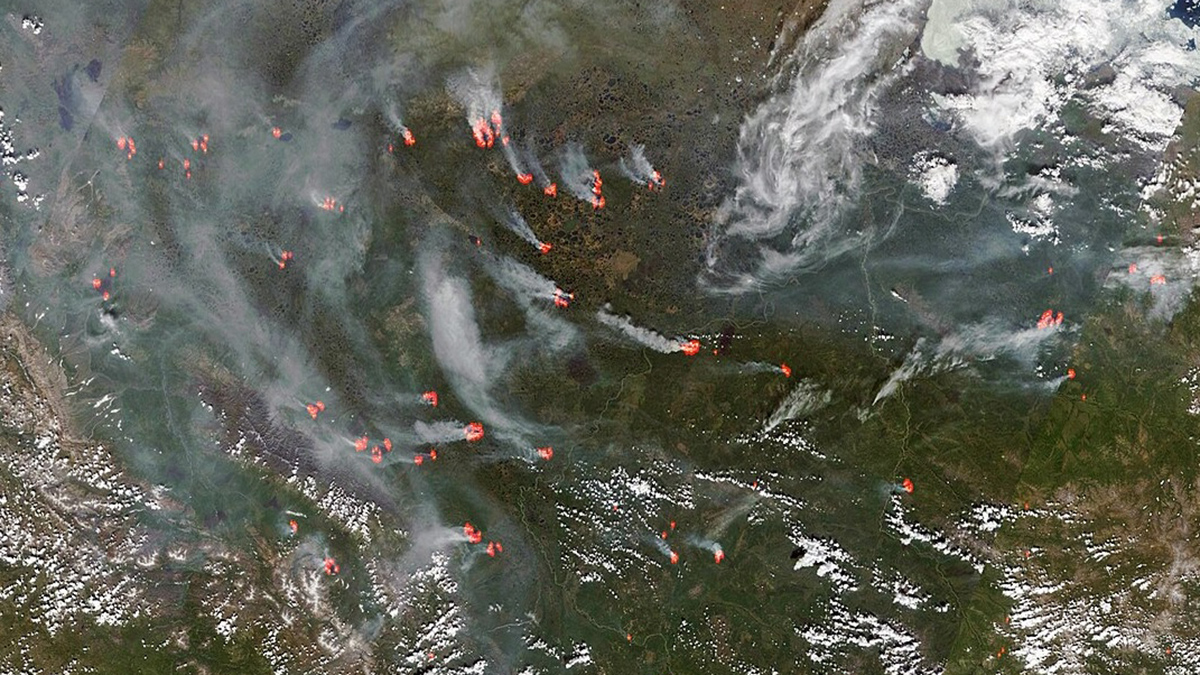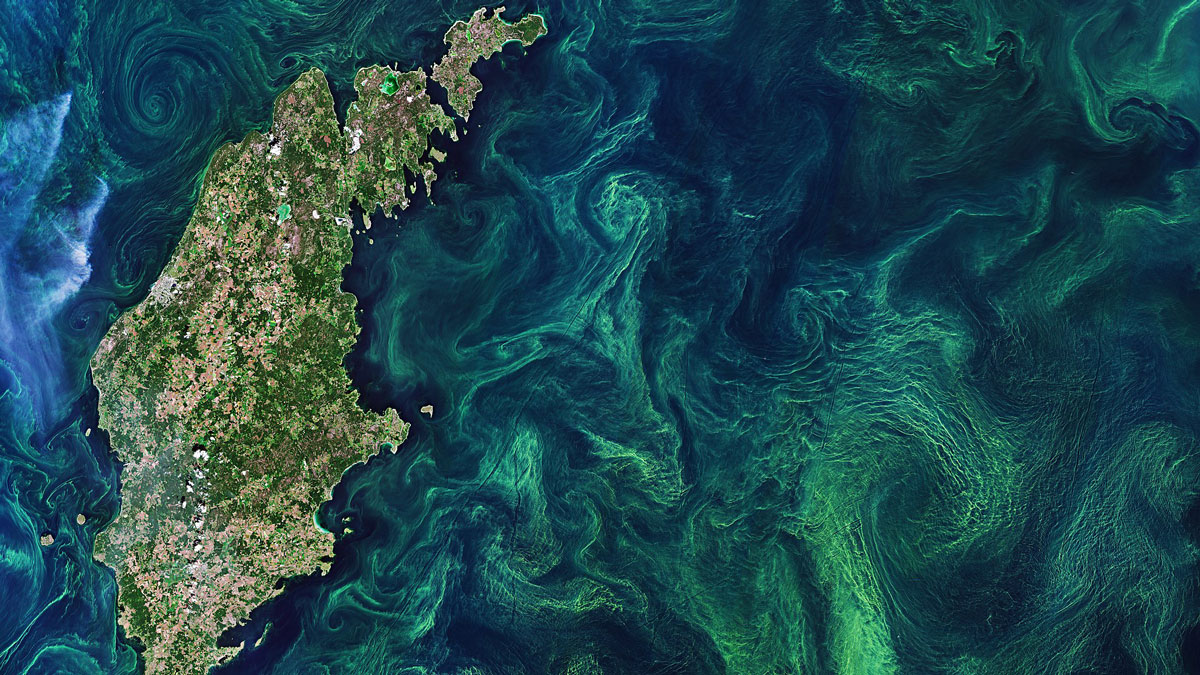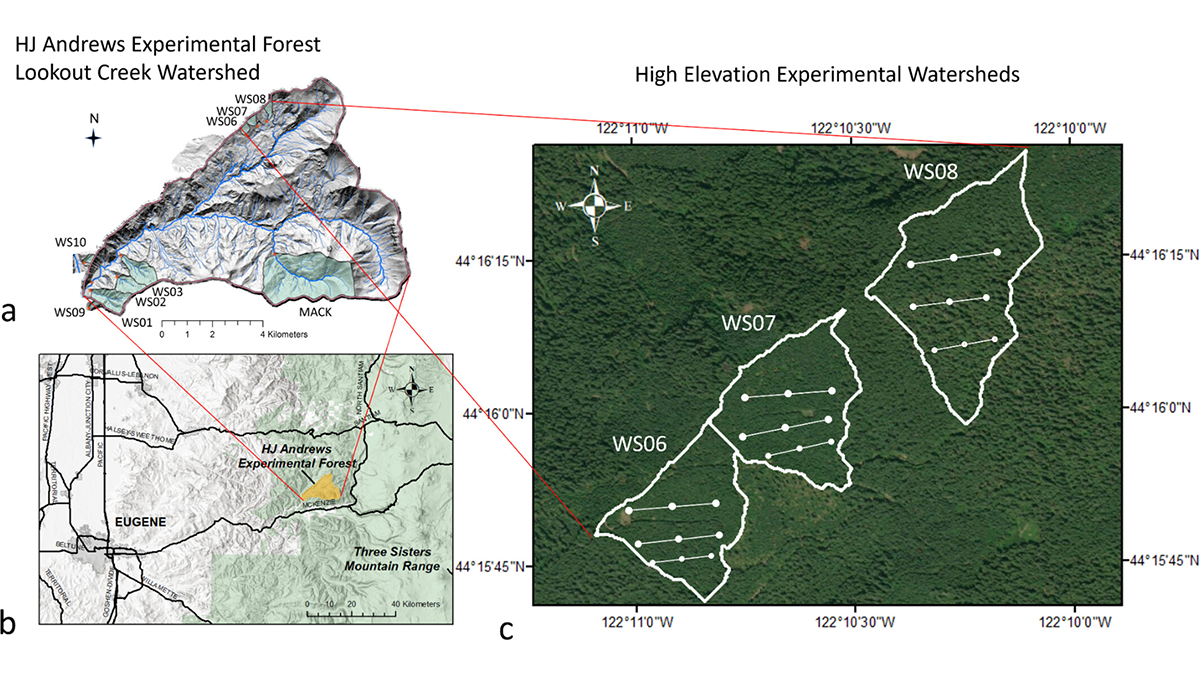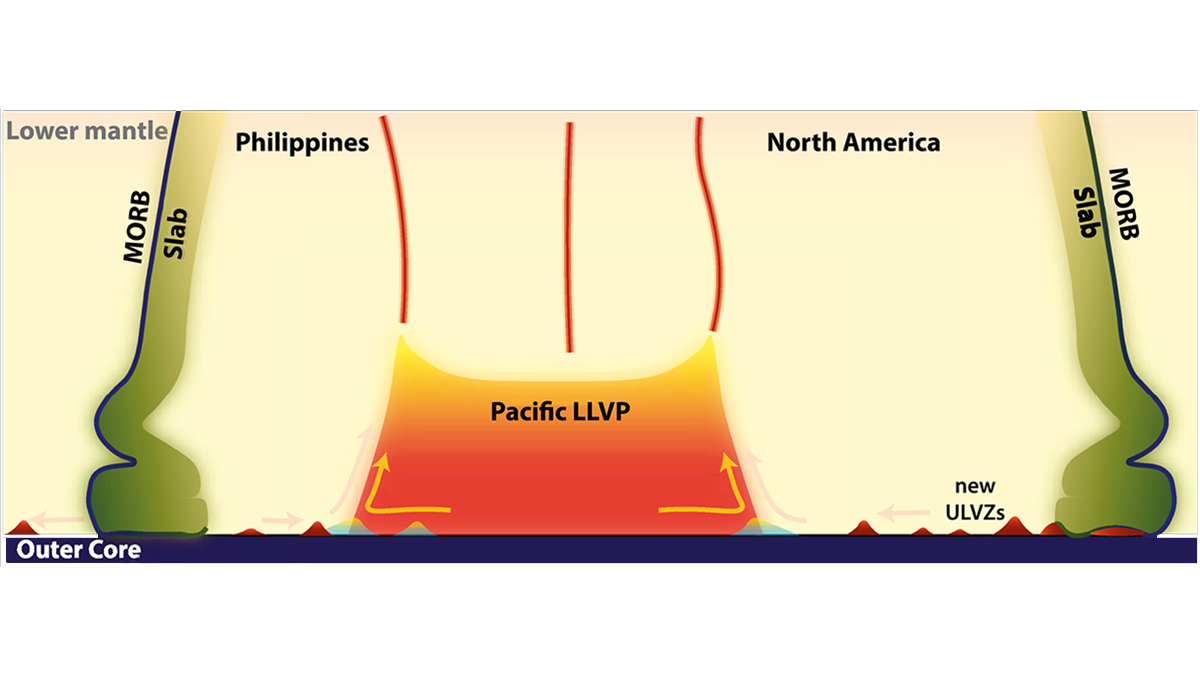Increased temperatures and drought are leading to more wildfires. And wildfire smoke aerosols can suppress precipitation, drying out soils and further increasing fire risk.
AGU Advances
Shallow Waters Make the Best Carbon Sinks
Oxygen content and microbial prevalence may not be as influential on carbon sedimentation as previously thought.
Understanding Carbon-Water Tradeoffs in Pacific Northwest Forests
A new study documents how spruce forests differing in management and age structure influence individual tree growth, carbon stocks, and landscape-water balance in the Pacific Northwest.
Fixing Pollution from Space Needs Global Coordination
Remote sensing is a tool of choice for monitoring regions for air pollution, but the scale of the problem requires extending geostationary soundings globally.
Ocean Spray Is Relatively Lifeless
Organic contributions from ocean organisms are sparse in sea spray, helping to clarify predictions of its impact on the climate.
Using Satellite Data to Estimate Atmospheric CO2 Growth Rates
A new method improves growth rate estimates of carbon dioxide increase in the atmosphere by combining the standard NOAA approach with satellite data.
Amazonian Drought May Have Long-Lasting Effects on Carbon Cycle
Dry conditions stemming from the 2015–2016 El Niño caused significant carbon loss.
Crustal Melts at the Core-Mantle Boundary
Seismic waves get sent in all directions for deep mantle anomalies, and a new analysis shows where those scatters lie and what properties they have.
New Method Reveals Hidden Structures in Clear-Sky Vertical Motion
High-resolution satellite data reveal unexpected, highly heterogeneous vertical motions in the clear-sky atmosphere, with a new method proposed for measuring these motions.
Imaging Below the Surface Reveals One of Los Angeles’s Webs of Faults
Damage zones extend to either side of many faults and can affect how future earthquakes behave.










